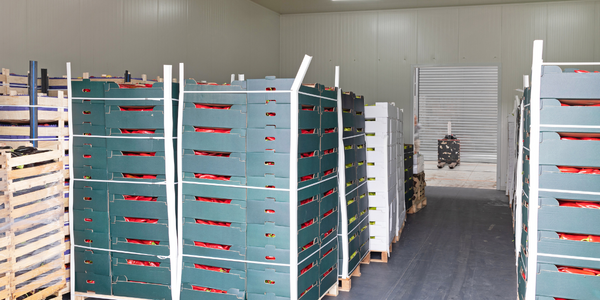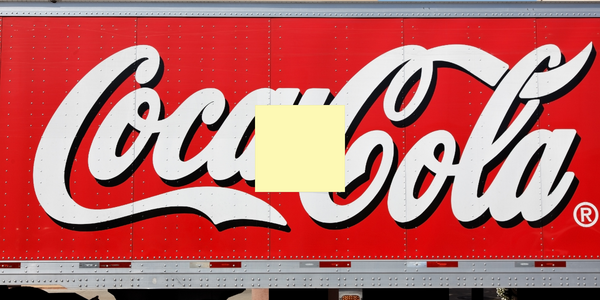Customer Company Size
Large Corporate
Region
- America
- Europe
Country
- Germany
- United States
Product
- Google Attribution
- AdWords
- Google Analytics
Tech Stack
- Machine Learning
- Data Analytics
Implementation Scale
- Enterprise-wide Deployment
Impact Metrics
- Revenue Growth
- Customer Satisfaction
Technology Category
- Analytics & Modeling - Predictive Analytics
Applicable Industries
- Food & Beverage
Applicable Functions
- Sales & Marketing
Use Cases
- Predictive Replenishment
- Demand Planning & Forecasting
Services
- Data Science Services
About The Customer
HelloFresh is a company that delivers meal kits with carefully selected ingredients to home cooks. The concept is catching on in both the American and European markets, and HelloFresh wants to continue to grow by winning new customers. The company is headquartered in Berlin, Germany and operates in North America and Europe. They aim to gain a better understanding of the entire customer journey and evaluate all digital marketing interactions based on their actual impact on conversions. They also aim to increase channel effectiveness and efficiency.
The Challenge
HelloFresh, a meal kit delivery company, was looking to grow its customer base in the American and European markets. To achieve this, they needed to gain a better understanding of the entire customer journey and optimize their bids, budgets, and keywords. They wanted to evaluate all digital marketing interactions based on their actual impact on conversions and increase channel effectiveness and efficiency. The challenge was to understand the whole path, not just evaluate the final click. They needed a solution that could measure the customer journey across devices and channels, from banner advertising on price search engines to online video platforms.
The Solution
HelloFresh adopted Google Attribution to gain a better understanding of the entire customer journey and optimize its bids, budgets, and keywords. Google Attribution can measure the customer journey across devices and channels — from banner advertising on price search engines to online video platforms. They accomplished this without additional tagging because Google Attribution combines data from AdWords and Google Analytics. HelloFresh was able to easily switch to data-driven attribution. In contrast to a last-click model, a data-driven model uses machine learning to determine the impact of each step on the final conversion – from the first click to the last click. With Google Attribution, HelloFresh was able to implement a fully automated bidding integration with AdWords with just a few clicks.
Operational Impact
Quantitative Benefit

Case Study missing?
Start adding your own!
Register with your work email and create a new case study profile for your business.
Related Case Studies.

Case Study
The Kellogg Company
Kellogg keeps a close eye on its trade spend, analyzing large volumes of data and running complex simulations to predict which promotional activities will be the most effective. Kellogg needed to decrease the trade spend but its traditional relational database on premises could not keep up with the pace of demand.

Case Study
HEINEKEN Uses the Cloud to Reach 10.5 Million Consumers
For 2012 campaign, the Bond promotion, it planned to launch the campaign at the same time everywhere on the planet. That created unprecedented challenges for HEINEKEN—nowhere more so than in its technology operation. The primary digital content for the campaign was a 100-megabyte movie that had to play flawlessly for millions of viewers worldwide. After all, Bond never fails. No one was going to tolerate a technology failure that might bruise his brand.Previously, HEINEKEN had supported digital media at its outsourced datacenter. But that datacenter lacked the computing resources HEINEKEN needed, and building them—especially to support peak traffic that would total millions of simultaneous hits—would have been both time-consuming and expensive. Nor would it have provided the geographic reach that HEINEKEN needed to minimize latency worldwide.

Case Study
Energy Management System at Sugar Industry
The company wanted to use the information from the system to claim under the renewable energy certificate scheme. The benefit to the company under the renewable energy certificates is Rs 75 million a year. To enable the above, an end-to-end solution for load monitoring, consumption monitoring, online data monitoring, automatic meter data acquisition which can be exported to SAP and other applications is required.

Case Study
Coca Cola Swaziland Conco Case Study
Coco Cola Swaziland, South Africa would like to find a solution that would enable the following results: - Reduce energy consumption by 20% in one year. - Formulate a series of strategic initiatives that would enlist the commitment of corporate management and create employee awareness while helping meet departmental targets and investing in tools that assist with energy management. - Formulate a series of tactical initiatives that would optimize energy usage on the shop floor. These would include charging forklifts and running cold rooms only during off-peak periods, running the dust extractors only during working hours and basing lights and air-conditioning on someone’s presence. - Increase visibility into the factory and other processes. - Enable limited, non-intrusive control functions for certain processes.

Case Study
Temperature Monitoring for Restaurant Food Storage
When it came to implementing a solution, Mr. Nesbitt had an idea of what functionality that he wanted. Although not mandated by Health Canada, Mr. Nesbitt wanted to ensure quality control issues met the highest possible standards as part of his commitment to top-of-class food services. This wish list included an easy-to use temperature-monitoring system that could provide a visible display of the temperatures of all of his refrigerators and freezers, including historical information so that he could review the performance of his equipment. It also had to provide alert notification (but email alerts and SMS text message alerts) to alert key staff in the event that a cooling system was exceeding pre-set warning limits.

Case Study
Coca-Cola Refreshments, U.S.
Coca-Cola Refreshments owns and manages Coca-Cola branded refrigerators in retail establishments. Legacy systems were used to locate equipment information by logging onto multiple servers which took up to 8 hours to update information on 30-40 units. The company had no overall visibility into equipment status or maintenance history.







